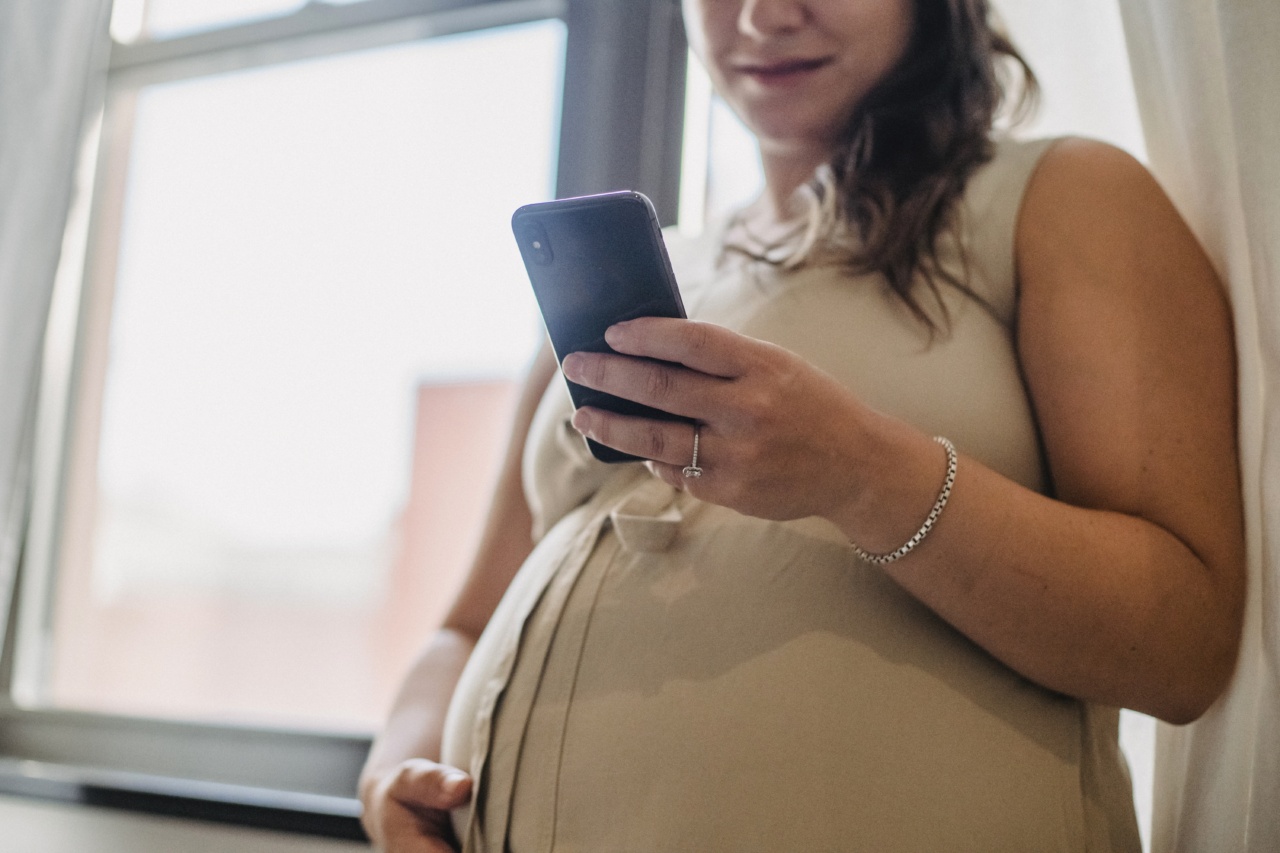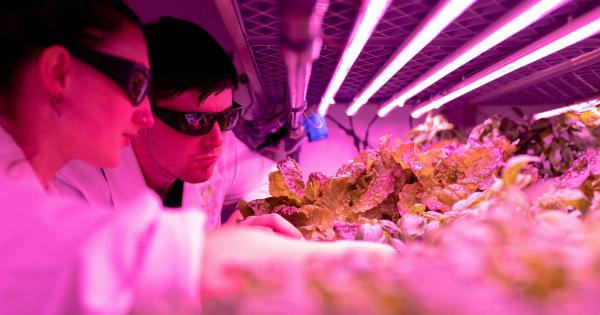HIV (Human Immunodeficiency Virus) is a virus that attacks the immune system, making it difficult for the body to fight off infections and diseases.
The virus is commonly transmitted through sexual contact, sharing of needles, and from an infected mother to her child during pregnancy, childbirth, or breastfeeding.
Transmission of HIV From Mother to Child
Transmission of HIV from a mother to her child is called vertical transmission. Without treatment, the risk of transmission from an infected mother to her child is around 15-45% during pregnancy, 25-35% during delivery, and 5-20% during breastfeeding.
However, with proper treatment, including antiretroviral therapy (ART) during pregnancy and delivery and avoiding breastfeeding, the risk of transmission can be reduced to less than 1%.
Managing HIV During Pregnancy
If you are pregnant and living with HIV, it is important to seek medical care as soon as possible.
Your healthcare provider will recommend you start ART to reduce the amount of HIV virus in your blood, prevent transmission to your unborn child, and improve your own health. ART consists of a regimen of HIV medications that target different stages of the virus’s life cycle.
In addition to ART, expectant mothers living with HIV may also be prescribed medication to prevent opportunistic infections, such as toxoplasmosis and pneumonia.
The Impact of HIV on Unborn Babies
HIV can affect an unborn baby in several ways. Firstly, if an HIV-infected mother does not take ART, the virus can cross the placenta and infect the developing fetus.
Secondly, HIV infection may lead to preterm birth and low birth weight, which can increase the risk of serious health problems in the baby, such as breathing difficulties, anemia, and developmental delays.
Caring for HIV-Positive Newborns
Babies born to HIV-positive mothers should be tested for HIV during the first 48 hours of life and again at 2-4 months of age.
Even if an initial HIV test is negative, a baby should continue to receive regular HIV testing until they are at least 18 months old, as it may take several months for the virus to be detectable in the blood. If the baby tests positive for HIV, they should begin ART immediately.
Babies born to HIV-positive mothers may also be prescribed medication to prevent opportunistic infections and antiretroviral medication until they are confirmed HIV-negative.
Disclosing HIV Status and Stigma
Disclosing your HIV status to your partner, family, and friends can be a difficult but important decision. Disclosure can help reduce the risk of transmission, improve access to care and support, and promote healthy relationships.
However, stigma and discrimination are still common among people living with HIV, which can make disclosure challenging.
If you need support around disclosing your HIV status, speak with your healthcare provider or a social worker who can provide guidance and resources.
Conclusion
HIV remains a significant health concern, particularly for pregnant women and their unborn babies. However, with proper treatment and care, the risk of transmission can be greatly reduced, and mothers living with HIV can give birth to healthy babies.
It is important for expectant mothers living with HIV to seek medical care as soon as possible and to be open about their status to reduce the risk of transmission and promote healthy relationships.



























